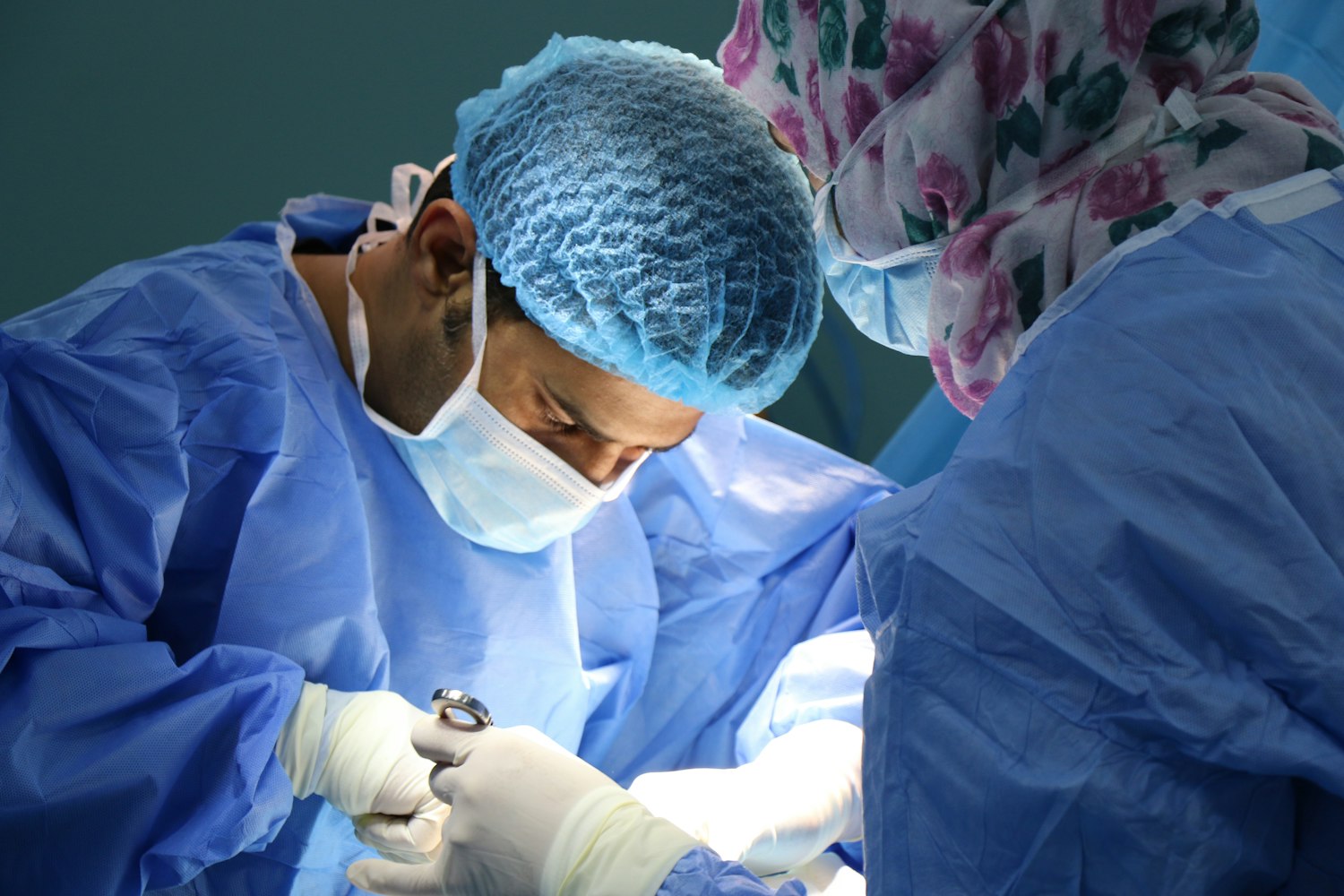
Doctors are an essential part of society because they save lives. Becoming a doctor is a dream for many individuals who want to contribute to the health and well-being of society.
However, the path to becoming a doctor is not an easy one, and it requires years of hard work, dedication, and perseverance. One of the most common questions that aspiring doctors ask is how long it takes to become a doctor.
The answer to this question is not straightforward, as the path to becoming a doctor can vary depending on several factors, such as the country where you want to practice, the type of doctor you want to become, and the specialty you want to pursue. In general, it takes at least ten years of education and training to become a fully licensed doctor in the United States.
In this article, we will explore the different steps involved in becoming a doctor, the duration of each step, and the factors that can affect the timeline. We will also provide tips and advice for aspiring doctors who want to embark on this challenging but rewarding journey. Whether you are a high school student who is considering a career in medicine or a college graduate who wants to pursue a medical degree, we share valuable insights and information about how to become a doctor.
How Long Does It Take to Become a Doctor?
Medical doctors must go through rigorous education and training that takes anywhere from 8 years to 15 or more to complete.
They need to earn a bachelor’s degree from an accredited university, earn a Doctor of Medicine (MD) degree from a medical school, and go on to specialize in a particular type of medicine.
Most students follow a similar timeline to become a doctor, which includes:
- Bachelor’s degree – 4 years
- Medical school – 4 years
- Residency – 3 years minimum
- Fellowship – 1-3 years (optional if you want to specialize in an area of medicine)
Undergraduate Education
Pre-Medical Requirements
Before applying to medical school, students must complete specific pre-medical requirements. These requirements vary from school to school, but typically include courses in biology, chemistry, physics, and math.
Students may also need to complete courses in English, social sciences, and humanities. It is important to research the specific requirements for each medical school a student is interested in attending.
Bachelor’s Degree
After completing the pre-medical requirements, students must earn a bachelor’s degree, which typically takes four years. While there is no specific major required for medical school, students may choose to major in a science-related field such as biology, chemistry, or physics. However, students can major in any field as long as they complete the pre-medical requirements but they typically focus on topics including:
- Biology
- Chemistry
- Physics
- Anatomy
- Physiology
- Math
- Pre-med
During their undergraduate studies, students should also gain experience in the medical field through internships, volunteering, or research opportunities. This experience can help students stand out during the medical school application process.
Medical School
After completing a four-year undergraduate degree, aspiring doctors must attend medical school to earn their Doctor of Medicine (MD) or Doctor of Osteopathic Medicine (DO) degree. Medical school typically takes four years to complete, and students will learn about the human body, diseases, medical procedures, and more.

Some schools may also offer combined undergraduate and medical school courses to help students become doctors faster, and these programs often take only 6-7 years to complete rather than eight years.
Curriculum
The curriculum in medical school is rigorous and demanding. Students will take courses in anatomy, pharmacology, pathology, biochemistry, and more. In addition to classroom lectures, students will also participate in laboratory work, small group discussions, and other hands-on learning experiences.
The goal of medical school is to provide students with a comprehensive understanding of the human body and the skills necessary to diagnose and treat patients.
Clinical Rotations
In addition to classroom studies, medical students will also participate in clinical rotations. During these rotations, students will work alongside physicians and other healthcare professionals in hospitals and clinics.
This hands-on experience is critical for students to develop their clinical skills and gain real-world experience working with patients. Clinical rotations typically last two years and cover a variety of specialties, including pediatrics, surgery, and internal medicine.
Residency
After completing medical school, aspiring doctors must complete a paid residency program. Residency programs typically last three to seven years, depending on the specialty. Family and pediatric doctors, for example, are required to take a three-year-long residency. Surgeons, on the other hand, must have a five-year residency, according to the American Medical Association.
During this time, residents will work in a hospital or clinic under the supervision of experienced physicians. Residents will gain practical experience diagnosing and treating patients, and they will also have the opportunity to conduct research and publish papers in medical journals.
These programs typically take place in hospitals, but you may find programs in outpatient clinics. Students tend to locate a residency program they want to attend during the final year of medical school. The school may offer options as well.
The goal of residency is to provide residents with the skills and experience necessary to practice medicine independently.

Fellowship
In addition to your education and residency, you may be required to take a fellowship. A fellowship is additional training in a specialty area that normally takes around one to three years of study.
To know if you need a fellowship, think about your career focus and goals. You may need a fellowship if you want to focus on a specific type of medical practice. Certain specialties and sub-specialties require more in-depth training. If you want to work with psychology and kids, for example, you may need a fellowship in child and adolescent psychiatry.
Students apply for jobs during the residency or fellowship program. You may be able to land a position with the hospital where you interned, as clinical experiences are great ways to make contacts. While many doctors prefer to look around and find career openings that align with their goals, some physicians are contacted by recruiters after graduation, especially top-of-the-class students.
Licensing and Certification
Licensing Requirements
After completing medical school and residency, doctors must pass a licensing exam to practice medicine in the United States. The United States Medical Licensing Examination (USMLE) is a three-step exam that assesses a physician’s ability to apply their medical knowledge, skills, and understanding of clinical science to patient care. The first two steps of the USMLE can be taken during medical school, while the third step is typically taken during residency. In addition to passing the USMLE, doctors must also obtain a state medical license to practice medicine in the state where they plan to work.
Certification Options
While certification is not required to practice medicine, it can be a valuable credential for doctors seeking to demonstrate their expertise in a particular field. The American Board of Medical Specialties (ABMS) offers certification in over 40 medical specialties, including cardiology, neurology, and pediatrics. To become certified, doctors must meet specific education and training requirements, pass a certification exam, and maintain their certification through ongoing continuing education and professional development activities.
Another certification option is the National Board of Medical Examiners (NBME), which offers certification in certain areas such as medical education, medical research, and medical management. Certification through the NBME can be useful for doctors who want to pursue careers outside of clinical practice.
Specializations and Sub-Specializations
After completing medical school and residency, doctors can choose to specialize in a particular field of medicine. Specializing requires additional training, usually in the form of a fellowship, which can last anywhere from one to three years. According to the American Medical Association, there are over 200 specialties!
Some of the most popular specializations include:
- Cardiology: heart conditions and diseases
- Dermatology: skin conditions and diseases
- Endocrinology: hormone-related conditions and diseases
- Gastroenterology: digestive system conditions and diseases
- Neurology: conditions and diseases related to the nervous system
- Orthopedics: conditions and diseases related to the musculoskeletal system
- Pediatrics: treating children from birth to adolescence
- Psychiatry: mental health conditions and disorders
- Surgery: performing surgical procedures to treat a variety of conditions and diseases
Within each specialization, there are also sub-specializations that doctors can pursue. For example, within cardiology, a doctor may choose to specialize in interventional cardiology, electrophysiology, or heart failure and transplant. Within neurology, a doctor may choose to specialize in epilepsy, stroke, or movement disorders.
Choosing a specialization and sub-specialization can be a difficult decision for doctors, as it often requires a significant investment of time and resources. However, specializing can also lead to a more fulfilling and rewarding career, as doctors are able to focus on treating patients with specific conditions and diseases.

Conclusion
It takes a long time to become a doctor. The journey begins with four years of undergraduate school, followed by four years of medical school. After that, doctors must complete a residency program that lasts between three and seven years. Depending on the specialty, doctors may also need to complete a fellowship program that lasts between one and three years.
Overall, it takes between 10 to 14 years to become a fully licensed doctor. This is a significant investment of time and money, but it is a rewarding career for those who are passionate about helping others and making a difference in people’s lives.
It’s important to note that becoming a doctor is not for everyone. It requires a lot of hard work, dedication, and sacrifice. It’s important to consider your own goals and interests before embarking on this career path.
That being said, for those who are committed to becoming a doctor, the journey can be incredibly rewarding. Doctors have the opportunity to make a positive impact on their patients’ lives, and they are often highly respected members of their communities.
If you are considering becoming a doctor, it’s important to do your research and learn as much as you can about the process. Talk to doctors in your community, shadow them if possible, and ask questions. With hard work and dedication, you can achieve your goal of becoming a doctor and making a difference in the world.
A Final Thought
How long does it take to become a doctor? The short answer is anywhere from 8 years on to upwards of 15. The biggest defining factor of the length of time it takes you to begin your career is your fellowship program. Check out the AMA’s list of things to consider before pursuing a fellowship to find the best option for you.


